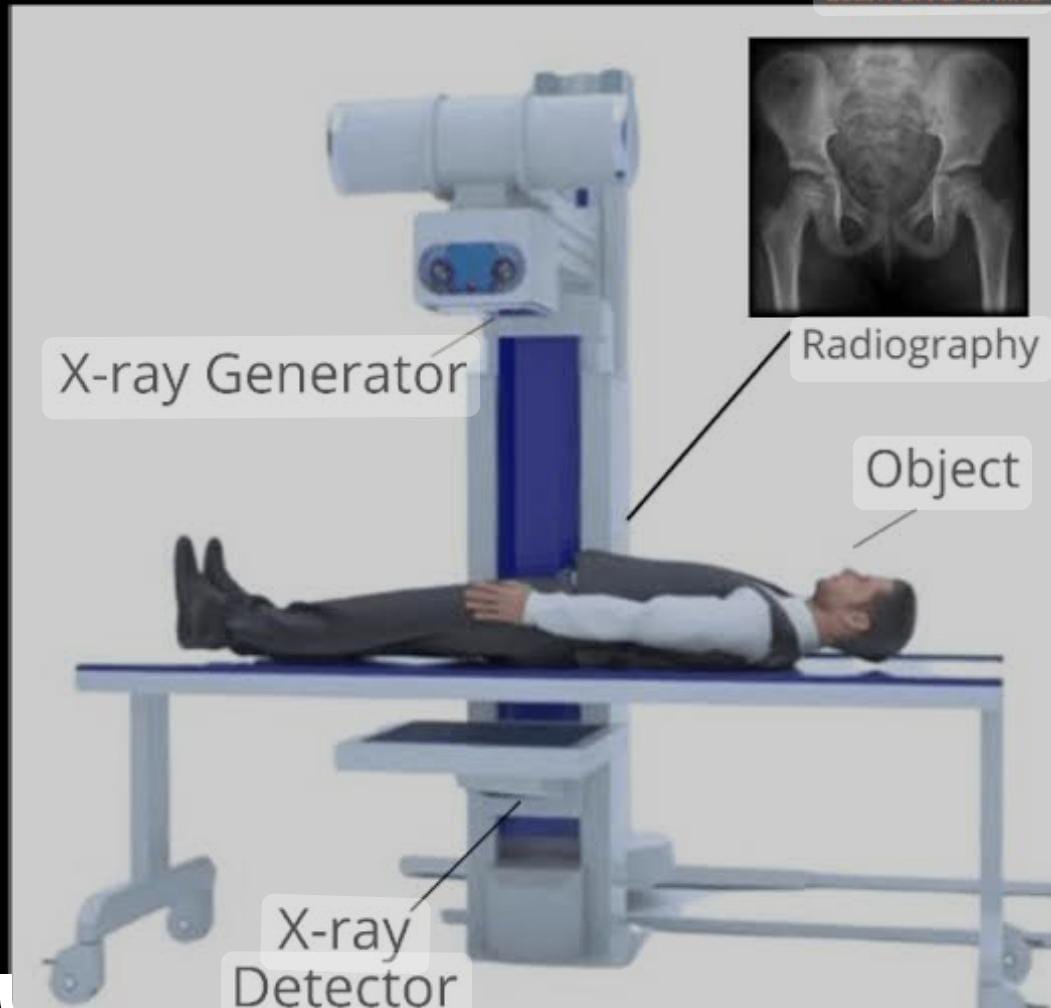+918048037212

This is your website preview.
Currently it only shows your basic business info. Start adding relevant business details such as description, images and products or services to gain your customers attention by using Boost 360 android app / iOS App / web portal.
Digital X-ray, also known as digital radiography, ...

Digital X-ray, also known as digital radiography, is a modern imaging technique that uses digital sensors to capture and store X-ray images. It replaces traditional X-ray film with electronic sensors that convert X-ray radiation into digital signals. These signals are then processed by a computer to produce high-resolution images that can be viewed, manipulated, and stored electronically. Here's a general overview of how digital X-ray works: Image Acquisition: The patient is positioned between the X-ray machine and the digital X-ray sensor. The X-ray machine emits a controlled amount of X-ray radiation that passes through the body. The digital sensor captures the X-rays that pass through the body and converts them into electrical signals. Digital Conversion: The electrical signals from the digital sensor are converted into digital data using an analog-to-digital converter. This process quantifies the X-ray intensity and assigns numerical values to each pixel, forming a digital image. Image Processing: The digital X-ray image can undergo various processing techniques to enhance its quality and contrast. This may include adjusting brightness, contrast, and sharpness, as well as applying filters or algorithms to improve diagnostic accuracy. Image Display and Analysis: The processed digital X-ray image is displayed on a computer monitor, allowing the radiologist or medical professional to examine it in detail. They can zoom in, adjust settings, and manipulate the image to analyze the anatomical structures and identify any abnormalities or conditions. Storage and Transmission: Digital X-ray images can be stored electronically in a Picture Archiving and Communication System (PACS), which serves as a centralized database for medical images. These images can be easily accessed, retrieved, and shared with other healthcare professionals for consultation or further analysis. Digital X-ray offers several advantages over traditional film-based X-ray systems, including: Immediate image availability: Digital X-ray images are available within seconds, eliminating the need for film development. Lower radiation exposure: Digital X-ray systems typically require less radiation compared to film-based systems, reducing the patient's exposure to X-rays. Enhanced image quality: Digital X-rays can be processed and adjusted to optimize image quality, improving visualization of anatomical details and abnormalities. Efficient workflow: Digital X-ray systems streamline the imaging process by eliminating the need for film handling and storage. Images can be easily archived, retrieved, and shared electronically. Telemedicine capabilities: Digital X-ray images can be easily transmitted and shared electronically, enabling remote consultations and telemedicine applications. It's important to note that while digital X-ray offers many benefits, proper radiation safety protocols should still be followed to ensure the well-being of patients and medical professionals. Regenerate response

